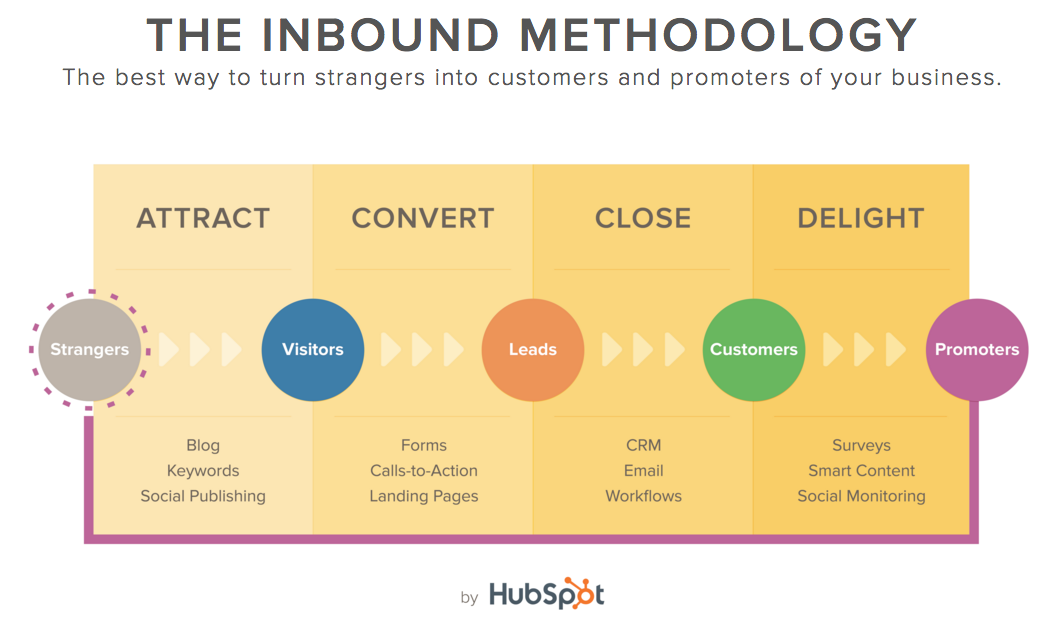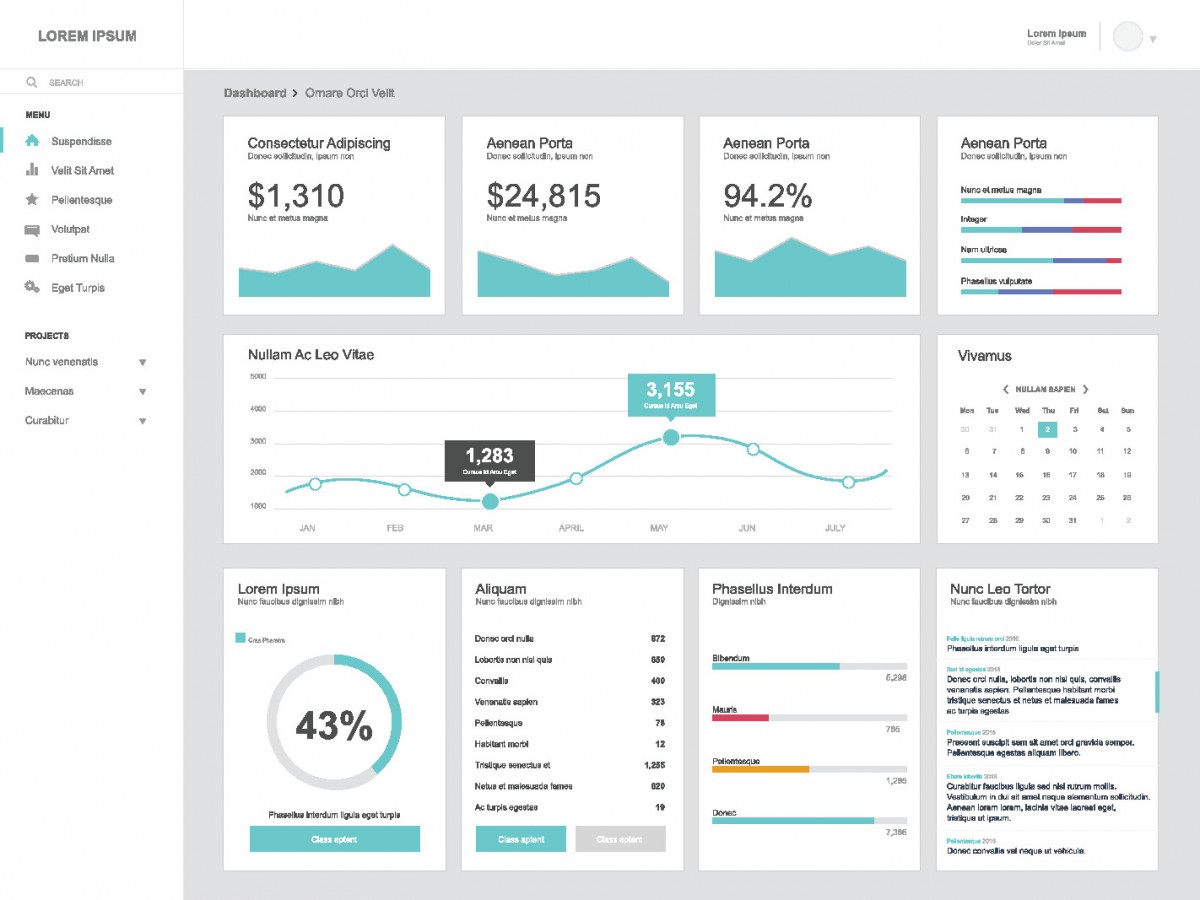There’s lots of competition in the digital world and making data-driven decisions is becoming crucial. To compete, marketers now need to develop strategies to grow campaigns efficiently and effectively. Follow these three steps to better define your strategy on your next digital campaign.
Step 1: Define Objectives
Before your campaign is launched, define and document campaign objectives. As you begin to identify objectives, determine key metrics that you’ll use to track campaign performance. Having well documented objectives/metrics will keep you accountable throughout the campaign and will serve as your baseline for future optimizations. Detailing objectives will also help you understand how detailed your targeting should be based on where the objective falls within the customer journey.

- For example, if you’ve determined your campaign objective to be “Brand Awareness,” you may want to limit targeting parameters as this would limit your campaigns reach and lower total awareness.
- However, a campaign objective marked as “Store Visits” would require narrower targeting as the target is lower in the buying funnel, requiring more one-to-one messaging based on past attribution
Step 2: Leverage Data
Based on campaign objectives and where your customer journey falls, leverage data sources to paint a full picture of your business landscape.
To start, begin with first party data that you currently own. This could include Google Analytics, customer surveys, social media insights, and internal focus groups. When looking at data, focus on factors that can be measured and leveraged against for your upcoming campaign. This could include where your top website traffic stems from, which zip codes over index for total site purchases or even which devices your target uses to access your information. Knowing these pieces of information will help you create custom tactics to accomplish your campaign objectives
After reviewing first party data, shift your focus to third party data. Third-party data is data that’s acquired from a multitude of outside sources and is used to build on data you already own. Some of our favorite third party sources are:
- ESRI Tapestry Segmentation — Details audience behaviors/demographics by region/state/zip code. Use this data to explore the types of people that live in your business areas.
- American Fact Finder — Census Data
- eMarketer, Marketing Charts or the PEW Research Center — Marketing articles, white papers and visuals based on verticals and industries.
Though not free, two of our favorite third party sources are MRI and Scarborough. Both of these sources deliver quality marketing insights based on custom criteria your campaign needs. Items include: psychographics, media usage, demographics, and preferred consumer goods.
Step 3: Measure Everything
At this stage, you should have a clear understanding of your campaign objectives, identified all potential customer journey stages and have leveraged multiple data sources to create custom campaign tactics. The only thing left to do at this stage is to launch your campaign!
Once your campaign launches, the real work begins. Data can quickly change day-to-day so it’s important to stay nimble and always have your finger on the pulse of your campaign. Generally, it’s best to let your campaign run 7-10 days before you begin making optimizations, as this allows your sample size to remain more stable- providing higher data accuracy. After your sample size is stable, optimize KPIs based off your pre-determined campaign objectives from Step 1.
- For example, if you’re running a “Brand Awareness” campaign but are concerned with budget, optimize towards lowering cost-per-thousand pricing.
- If you’ve decided to start a “Conversion” campaign, optimize toward audience segments with higher conversion rates or lower cost per conversions.
As data grows, it will be harder and more time consuming for you to make strategic decisions. To combat this, use dashboards with high-level metrics to help you quickly identify topical trends and visual cues. A good dashboard should allow you to connect all your data sources and should have the ability to automatically adjust visuals based on campaign metrics you input.

There you have it, the 3 Steps to a Better Digital Strategy that will help you stay competitive. Having an effective strategy will not only help deliver your results, but can help your brand reach the right people and business objectives through strict data disciplines. Continue to implement these steps for your future campaigns and see your metrics soar!








